10 Things I Wish I Knew Before Visiting Tanzania For a Safari Essential Tips for First-Time Travelers
Visiting Tanzania for a safari was one of the most eye-opening experiences I’ve had, but looking back, there are things I wish I had known before I went. From understanding the best time to visit, to what to pack and how to prepare, knowing these details could have made my trip smoother and more enjoyable. One important lesson I learned is that a safari is not just about spotting animals; it involves early mornings, long drives, careful planning, and a deep respect for the vast and wild landscape.
Tanzania offers more than just the famous Northern Circuit parks like Serengeti and Ngorongoro. I discovered the Southern Circuit has unique landscapes and wildlife worth exploring. Also, safaris come with costs that can add up quickly, so knowing your options, like camping versus luxury lodges, really matters.
If you’re thinking about a trip, these insights will help you avoid common surprises and get the most out of your safari adventure. I’ll share what I wish I knew to help you plan better and appreciate all that Tanzania has to offer.
Best Time to Visit Tanzania for Safari
Choosing when to go on safari in Tanzania depends on several key factors. Weather, animal behavior, and crowd levels all affect what you will experience. Knowing these details helped me pick the best time for my trip.
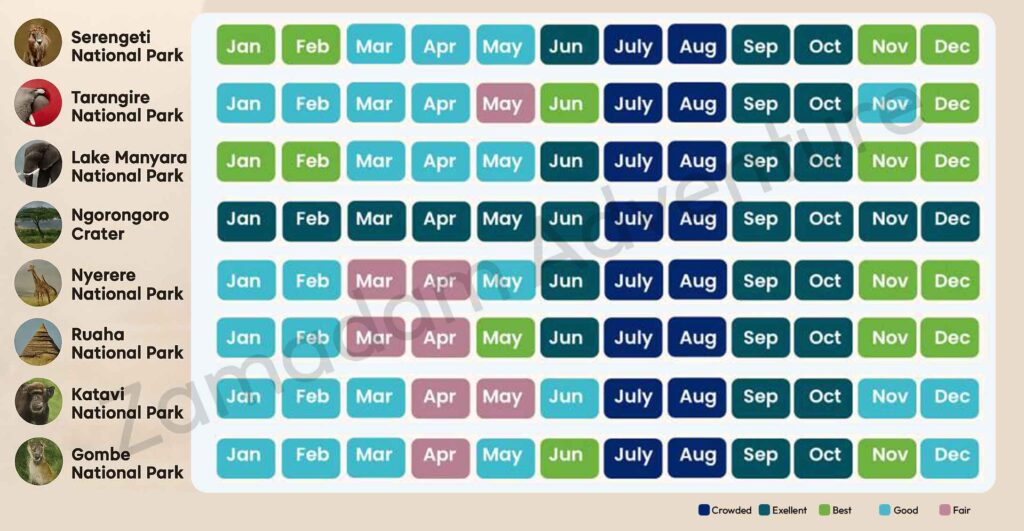
Understanding Weather Patterns
Tanzania’s climate is split mainly into dry and wet seasons. The dry season runs from late June to October and again from late December to February. During these months, the land is dusty, and vegetation is thin, making it easier to spot animals.
The wet seasons include short rains in November and December and long rains from March to May. The wet season brings lush green landscapes but also muddy roads and tougher travel conditions in some parks. I found that rain can limit animal sightings but also brings fewer tourists and quieter camps.
Being aware of the weather helps with packing and planning daily activities on safari.
Impact of Seasons on Wildlife Viewing
Animal activity varies by season, affecting what you see. The Great Migration, for example, peaks between June and October when wildebeests and zebras cross the Serengeti rivers. This is my favorite time to see large herds and predator action.
January and February mark the calving season, with many animals giving birth. This attracts predators but also gives a chance to see newborns and their mothers.
During the wet season, some animals spread out with abundant food and water. This can make wildlife viewing more challenging but offers a different, quieter experience.
Peak vs. Off-Peak Travel Considerations
Traveling in peak season means more tourists and higher prices. Between June and October, lodges fill up fast, and safaris sell out quickly. Booking months in advance is a must if you want to visit then.
Off-peak travel during the rainy seasons means fewer tourists and lower prices. I personally noticed that some roads become difficult to navigate, but the peaceful environment and green scenery make up for it.
Deciding between peak and off-peak depends on your priorities: wildlife activity, budget, and preferred level of comfort during your safari.
Choosing the Right Safari Experience
Picking the best safari for your trip depends on your style and what you want to see or do. From how private your tour is to the kind of place you stay, these choices shape your entire experience. Knowing the main differences can help you decide what fits your needs and budget.
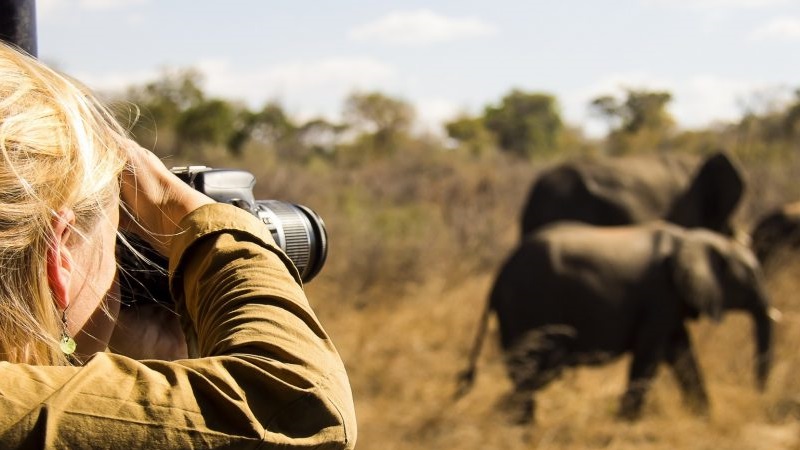
Private vs. Group Safaris
I found that private safaris give you more control over your schedule. You can choose when to start your game drives and what animals to focus on. It feels more personal, with your own guide and vehicle. This option is pricier but worth it if you want privacy and flexibility.
Group safaris are more budget-friendly. You share the vehicle and guide with others. These tours run on a fixed schedule and route. It can be a fun way to meet other travelers, but you may have less time at certain spots or less chance to ask questions.
Think about how much independence you want and how much you want to spend. Both types can offer great wildlife viewing, but the vibe is quite different.
Different Types of Safari Lodges
The kind of lodge or camp you stay at affects how comfortable your safari feels. Permanent lodges are stable buildings with hotels-style rooms, restaurants, and sometimes pools. They tend to be in safer, accessible areas.
Tented camps offer a closer-to-nature experience. The tents have beds and bathrooms but give you the feeling of sleeping in the wild. Some camps move seasonally to follow animal migrations, which can be exciting.
There are also mobile camps that pack up and move often. They are basic but put you near top wildlife spots. Choose based on your comfort preference and what wildlife experiences you want.
Luxury, Mid-Range, and Budget Options
I learned that safaris come in three main price levels, each with clear differences.
| Tier | What to Expect | Price Range |
|---|---|---|
| Luxury | High-end lodges, gourmet food, private guides | $600+ per night |
| Mid-Range | Comfortable rooms, good guides, meals included | $200-$600 per night |
| Budget | Basic accommodation, shared facilities, group tours | Under $200 per night |
Luxury safaris offer exclusive service and more extras, like spa treatments or hot air balloon rides. Mid-range keeps things comfortable but simpler. Budget options focus on the essentials without fancy extras. Your choice depends on how much comfort you want and how much you can spend.
Essential Travel Documents and Vaccinations
Before going on safari in Tanzania, I made sure I had all the right paperwork and health protection. These things helped me avoid problems at the border and kept me healthy during my trip.

Visa Requirements and Entry Procedures
To enter Tanzania, I needed a valid passport with at least six months left before it expired. A visa was also required, which I could get online through the official Tanzania eVisa system or upon arrival at the airport. Applying online beforehand saved me time and avoided long lines.
I also carried a printed copy of my travel itinerary and proof of accommodation. These documents were useful at immigration checkpoints. Travel insurance was important, too, especially for medical emergencies or trip changes.
One key requirement was the yellow fever vaccination certificate. This is mandatory if I was coming from a country with a risk of yellow fever. Without this, entry could be denied.
Necessary Vaccines and Health Preparations
Before traveling, I got several vaccinations to protect myself. The most important were yellow fever, hepatitis A, and typhoid. These vaccines guard against common diseases in the region.
Malaria prevention was critical. I used anti-malarial medicine daily, especially when visiting rural or lowland areas. Wearing long sleeves and using mosquito repellent with DEET also helped.
I checked with my doctor to see if other vaccines were recommended, like hepatitis B or rabies, depending on my planned activities. Staying healthy was essential to enjoy safaris, hikes, and time in the cities.
Packing Tips and Safari Gear
Packing well can make a huge difference on your safari. I focused on clothing that blends with the environment, key accessories for comfort and safety, and tech gear that helps capture the experience without overpacking.
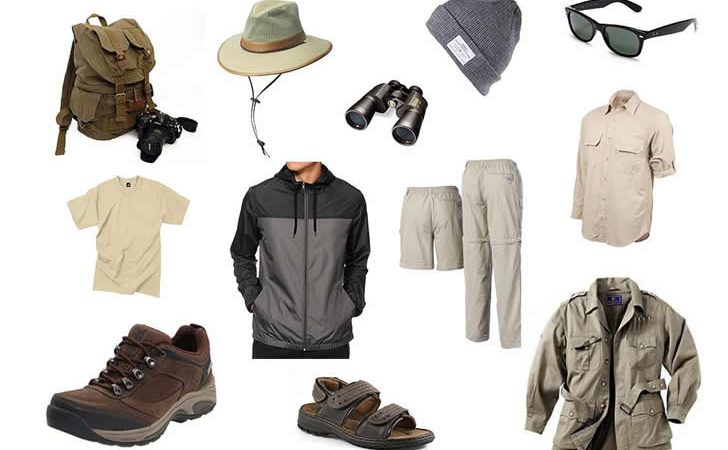
Recommended Clothing for Safari
I wore light, neutral-colored clothing to avoid attracting insects and to blend into the landscape. Long sleeves and pants in beige, brown, or green helped protect me from sun and bugs.
Breathable, quick-dry fabrics were a must. Mornings and evenings can get chilly, so layering with a warm fleece or jacket worked well. I avoided bright colors and black because they can scare away animals or attract tsetse flies.
Comfortable, sturdy shoes with good grip were essential for walking on uneven ground. I also packed a wide-brimmed hat to shield my face from the sun and sunglasses to protect my eyes.
Must-Have Accessories
I always bring sunscreen with high SPF and insect repellent to protect against sunburn and bites. A refillable water bottle helped me stay hydrated throughout long drives.
Binoculars are worth it for spotting distant animals without disturbing them. A small first aid kit with band-aids, antiseptic wipes, and any personal medication gave me peace of mind.
I also carried a scarf or buff for dust protection and a headlamp or flashlight for nighttime use. Packing a lightweight daypack kept essentials handy and organized during outings.
Camera and Tech Essentials
For photos, I recommend a DSLR or mirrorless camera with a zoom lens (at least 200mm) to capture wildlife from a distance. A sturdy camera bag and extra batteries kept me prepared for long days.
A smartphone with offline maps and travel apps helped with navigation and bookings. I brought a power bank since charging opportunities can be limited.
Memory cards with ample storage space avoided running out of room for photos. I also packed a lens cleaning kit to keep my gear clear of dust and dirt during dusty safaris.
Understanding Safari Costs and Hidden Fees
When planning a Tanzania safari, I found that the price you see upfront often doesn’t cover everything. Knowing what costs to expect beyond the basic tour fee is key. This includes official park entry charges and extra payments like tips or other small expenses during the trip.
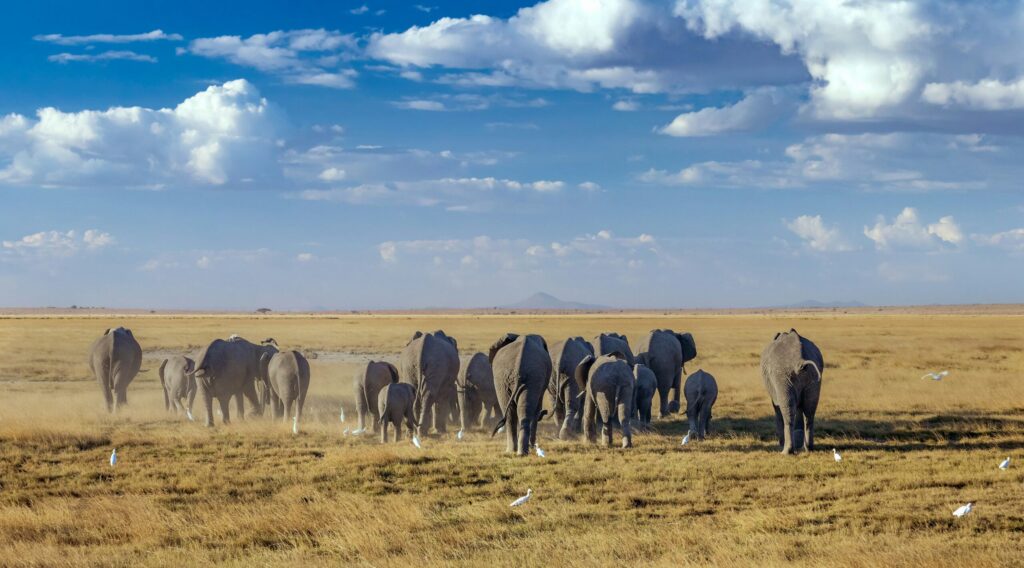
Park Fees and Permits
One of the largest extra costs on a safari comes from park fees and permits. These fees are charged by the government and vary depending on which national parks or conservation areas you visit.
For example, entrance fees to famous parks like Serengeti or Ngorongoro Crater can range from $60 to $80 per person, per day. Some places require additional permits for activities like night drives or walking safaris, which can add up quickly if you want to do a lot.
These fees are rarely included in the initial safari price. I had to plan for them separately because they are fixed by the government and non-negotiable.
Tipping and Additional Expenses
Tipping is expected on Tanzanian safaris but often isn’t included in the cost. Guides, drivers, lodge staff, and porters all rely on tips as a major part of their income.

I learned that a typical tip might be $10 to $20 per day for your guide and a little less for other staff. Small gifts or cash for extra services like laundry or special requests can also add up.
Other small costs to budget for are drinks, phone calls, and internet if your lodge charges for them. Knowing these extras beforehand helps avoid surprises and keeps your budget in check.
Cultural Etiquette and Local Customs
When visiting Tanzania, knowing how to act and dress can make a big difference in how locals respond to you. Small actions like the way you greet people or what you wear show respect and help avoid misunderstandings.
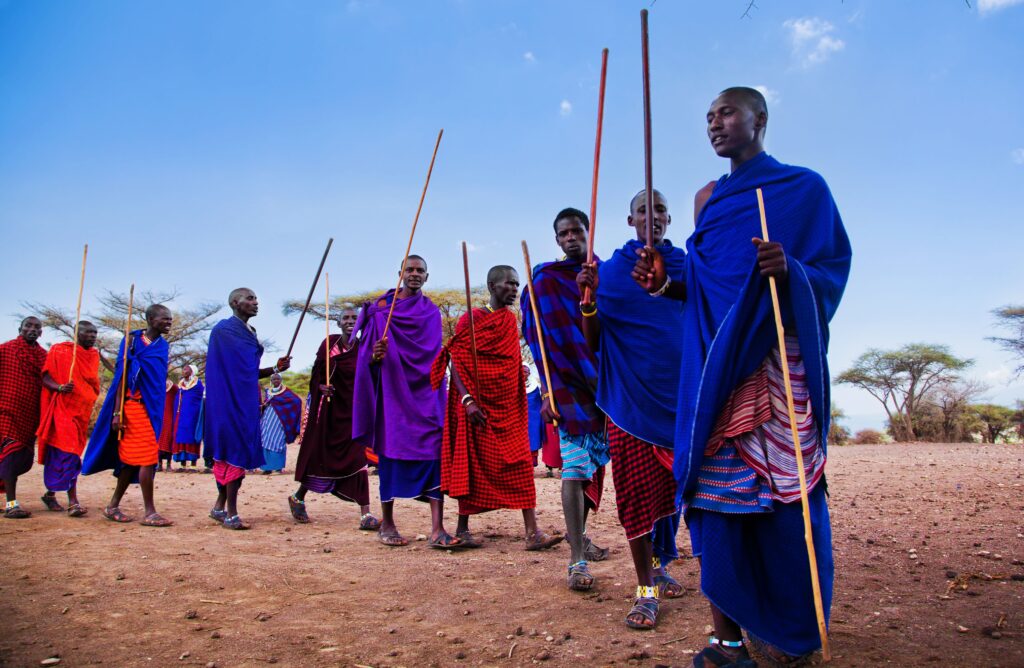
Interacting with Tanzanian Locals
Greeting people properly is very important in Tanzania. I learned that always starting with a simple “Jambo” (hello) or “Shikamoo” (a respectful greeting to elders) opens doors quickly. People appreciate when you ask about their well-being before jumping into conversation.
I noticed Tanzanians value politeness and patience. Interrupting or speaking loudly can be seen as rude. When visiting villages or homes, I waited to be invited before taking photos. Always asking permission is a must.
In conversations, I avoided controversial topics like politics or religion. Instead, focusing on family, food, or culture kept things friendly. A warm smile and a calm tone also helped build trust.
Respectful Behavior and Dress Codes
Tanzania is quite conservative, so I made sure to dress modestly, especially outside big cities. Both men and women should cover their shoulders and knees in public places. Wearing shorts or tank tops can offend, especially in rural areas.
When visiting religious sites, I took extra care to wear long sleeves and covered my head if required. Shoes often need to be removed before entering homes or churches. I always carried a scarf or shawl for this.
Tipping is appreciated but not mandatory. I tipped guides, drivers, and hotel staff with small amounts, usually a few dollars, depending on the service. It showed respect without being excessive.
Wildlife Safety and Responsible Tourism
Visiting Tanzania on safari means close encounters with wild animals. Staying safe requires clear rules and respect for wildlife. At the same time, protecting the environment and local communities is part of the experience.
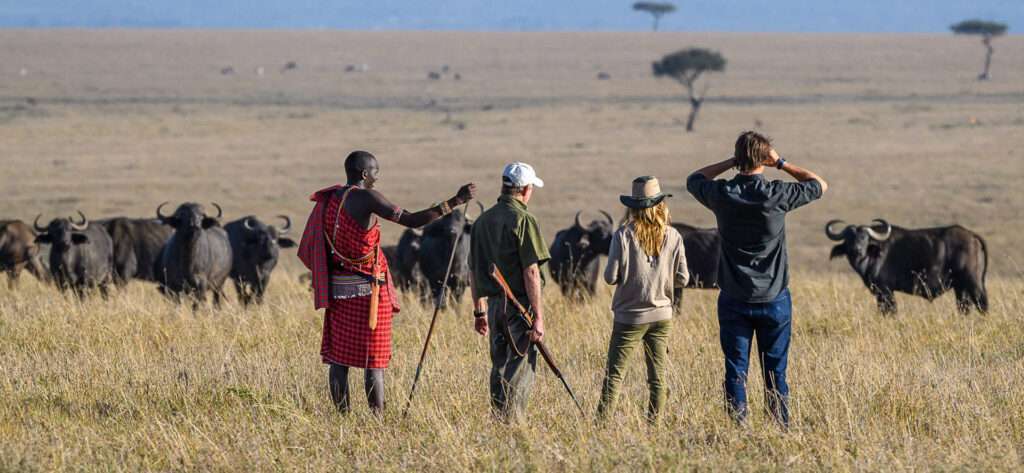
Staying Safe Around Wildlife
I learned that keeping a safe distance from animals is crucial. Never leave the vehicle or try to touch the animals. Many animals can be unpredictable and dangerous if they feel threatened.
I always stayed quiet and avoided sudden movements, which helps avoid startling wildlife. Following instructions from the guide is important—they know how animals behave and what to expect.
It’s also critical to avoid feeding the animals. Feeding can change their natural behavior and put both visitors and animals at risk. I carried my camera ready but stayed inside the vehicle during sightings to stay safe.
Conservation Guidelines
Respecting conservation rules keeps Tanzania’s wildlife and environment healthy. I chose safari operators that support eco-friendly practices, like using solar power and limiting waste.
Supporting local communities is part of responsible tourism. I bought local crafts and hired local guides to help the economy. It’s a simple way to give back and encourage protection of wildlife areas.
I also made it a point to stick to marked paths and campsites. Disturbing plants or animals can harm the fragile ecosystem. Playing my part meant enjoying the experience without leaving a harmful impact.
Transport and Getting Around Tanzania
Getting around Tanzania during a safari requires some planning. You need to consider how to move quickly between parks as well as the quality of roads where you travel.

Domestic Flights and Transfers
I found domestic flights to be the fastest way to cover long distances in Tanzania. Flights link major spots like Serengeti, Ngorongoro, and Kilimanjaro Airport. Booking ahead is important, especially during peak safari season.
Small planes can be a bit bumpy and have strict luggage limits, so pack light. I usually arrange transfers with my lodge or tour operator, which helps avoid confusion at the airport. These transfers are typically private and reliable but can be costly compared to road travel.
Road Conditions and Vehicle Choices
Driving between safari destinations can take much longer than expected because many roads are unpaved and rough. I recommend riding in a 4×4 vehicle designed for off-road travel.
Buses and shared taxis are cheaper but slower and less comfortable. Some popular options include private 4x4s with a guide or DIY renting a vehicle if you’re confident driving on uneven terrain. I never choose small vehicles or sedans for safaris due to poor road conditions. Having enough space for luggage and camera gear is also a priority for me.
Understanding Safari Schedules and Daily Routines
Knowing how your day will flow on safari can help you prepare better. Most safaris follow a clear routine with early starts and focused times for game viewing and rest. Meals and breaks are usually set around these activities to keep the experience smooth and enjoyable.
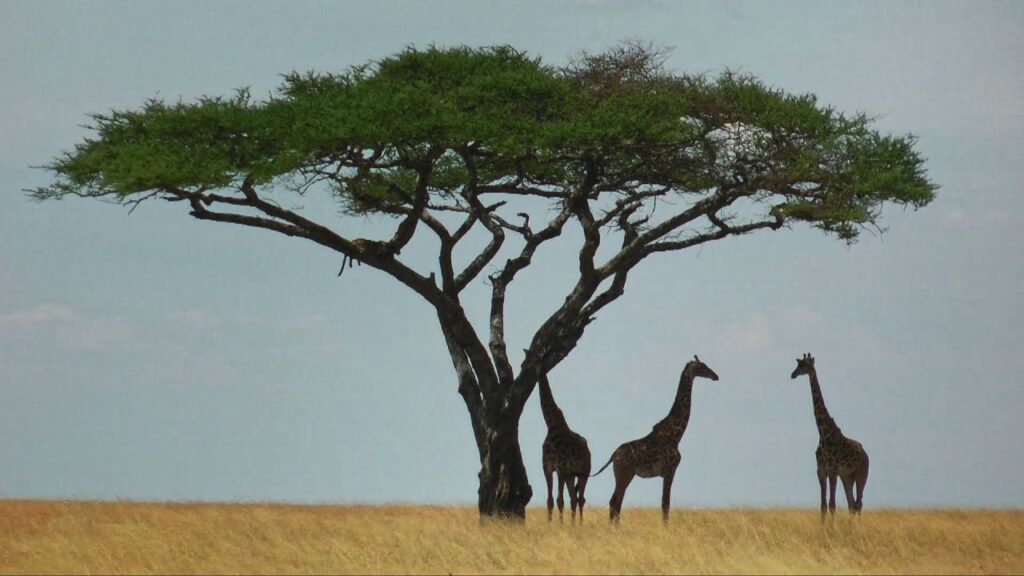
Game Drives and Activities
Game drives are the main event of any safari. They usually start just before sunrise, around 6 a.m., because animals are more active then. You’ll spend several hours in a vehicle, searching for wildlife and learning about the animals from your guide.
There’s often a mid-morning stop for tea or coffee, then a break for lunch back at camp or lodge. In the afternoon, another drive takes place, ending near sunset. Some safaris also include walking trips or boat rides, but game drives are the core activity.
Typical Day on Safari
A typical day begins very early, often before dawn. You get ready quietly to avoid disturbing the animals or other guests. After the morning drive, there’s a few hours to rest, eat, or relax until the afternoon activities start.
Evenings usually include a light dinner and some downtime to enjoy the quiet of the bush. Lights may go out early to conserve electricity or for safety reasons, so it’s important to have a flashlight and know your camp’s routine. Each day follows a similar pattern to make sure you see wildlife and have time to rest.
Currency, Payments, and Connectivity
When I visited Tanzania, I quickly learned that managing money and staying connected require some preparation. Knowing the right currency to use, payment options available, and internet access can save time and avoid stress during the trip.

Using Tanzanian Shilling and Foreign Currency
The official currency in Tanzania is the Tanzanian Shilling (TZS). I found it best to carry shillings for daily expenses, especially in rural areas and markets where foreign currency is not accepted.
US dollars are widely accepted in tourist spots and some hotels. Make sure the bills are in good condition, as damaged notes might be rejected. Euros and British pounds are sometimes accepted, but less commonly.
It’s a good idea to exchange some money at the airport or in banks once you arrive. Rates are generally better in the city than at the airport. Avoid exchanging money on the street to prevent scams.
Credit Cards, ATMs, and Mobile Payments
Credit cards are accepted at major hotels, lodges, and some restaurants, but not everywhere. Visa and MasterCard work best; American Express is rarely accepted.

ATMs are available in big towns like Arusha and Dar es Salaam but are scarce in rural or safari areas. I always carried enough cash before leaving cities to cover expenses during safaris.
Mobile payment services like M-Pesa are popular among locals but may not be reliable for tourists. I used them only when recommended by my tour operator.
Internet and Mobile Network Access
Internet access varies widely across Tanzania. In cities, 4G data is common, and most hotels offer Wi-Fi. However, Wi-Fi can be slow or unstable, especially in remote areas.
Mobile networks like Vodacom, Airtel, and Tigo provide good coverage in urban and some safari regions. I bought a local SIM card for better data rates and connection reliability.
Before traveling to parks or remote spots, I downloaded maps and important information because service can be spotty or nonexistent while on safari.
Unexpected Experiences and Personal Insights
Visiting Tanzania for a safari brought moments I didn’t expect and changed how I saw the whole experience. Some of these involved unique wildlife encounters, while others challenged common ideas I had about safaris.
Unique Moments to Anticipate
One moment that stayed with me was watching a leopard silently stalk its prey in the tall grass. These quiet, tense animal behaviors are not part of the usual “big cat roar” image often shown in photos.
I also found that early morning game drives offer a special kind of calm and light that you don’t get later in the day. The cool air and soft sunrise colors made the wildlife sightings even more beautiful.
In addition, seeing vast flocks of flamingos in the soda lakes was surprisingly peaceful. These birds move and change formations in a way that feels like watching a live painting rather than a typical animal sighting.
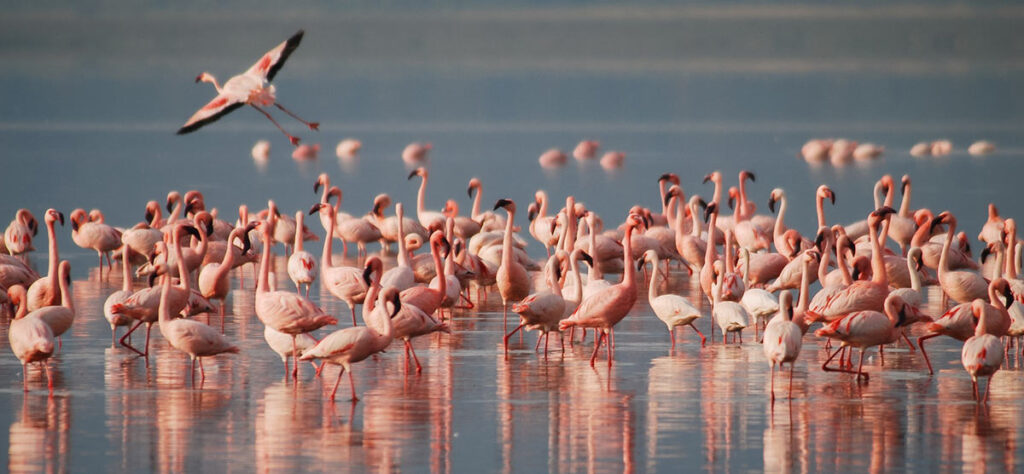
Overcoming Safari Misconceptions
Before my trip, I thought safaris were mostly about spotting the “big five” animals quickly. Instead, the experience taught me patience and attention to detail. Sometimes, the most memorable moments came from small things, like birds or insects, which I had not planned for.
I also assumed safaris always meant luxury lodges and finished with that image in mind. But I learned camping safaris can be a great way to reduce costs and still enjoy the wild surroundings, getting closer to nature in the process.
Finally, I worried about safety and comfort but found that guides are very skilled and vehicles well-prepared. Proper planning, like bringing the right clothes and gear, made the trip secure and enjoyable.
Let Us Design Your Dream Tanzania Safari
Planning a safari can feel overwhelming with so many options. I know how important it is to tailor a trip that fits your interests, pace, and budget. Whether you want to see the Big Five or explore lesser-known parks, every detail matters.
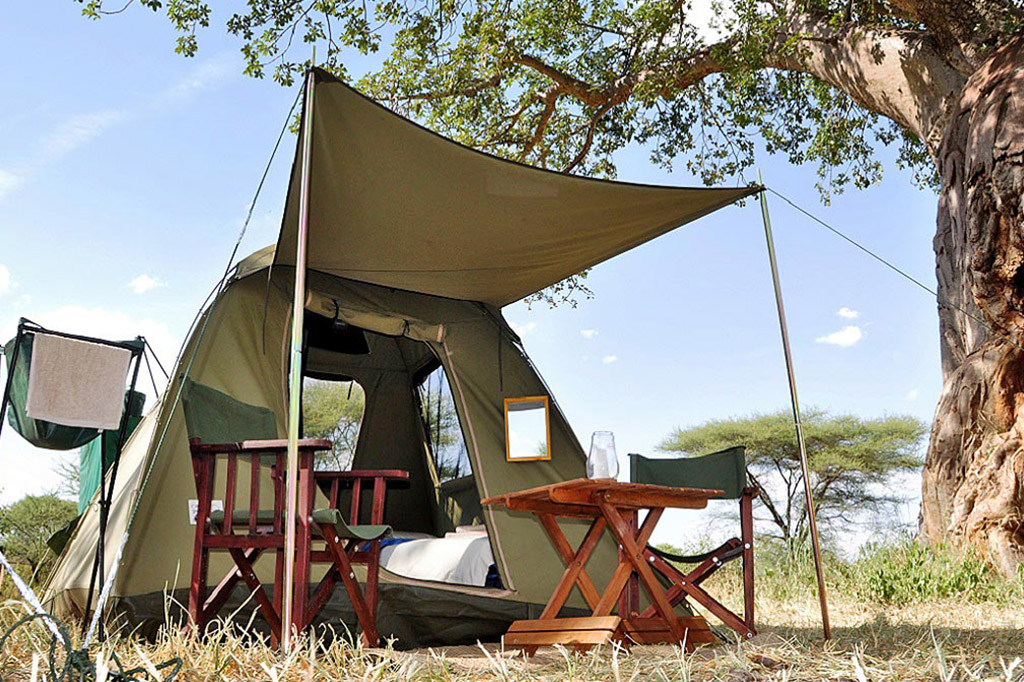
We focus on creating a balanced itinerary that includes wildlife viewing, cultural experiences, and comfortable lodging. You can choose from luxury lodges, tented camps, or even camping safaris for a more adventurous feel.
Here’s what I consider essential when designing your trip:
| Key Elements | Description |
|---|---|
| Wildlife | Big Five, zebras, giraffes, and more |
| Accommodation | Luxury lodges, tented camps, or budget options |
| Transport | Safari vans, light aircraft, or walking safaris |
| Local Culture | Visits to Maasai villages and market tours |
| Flexibility | Time for rest and spontaneous game drives |
I advise packing smart and being ready for early mornings and bumpy roads. Knowing what to expect makes the safari more enjoyable.
If you want expert help, you can easily Contact Us to start planning. We are ready to answer questions and help with every step, from booking to activities.








